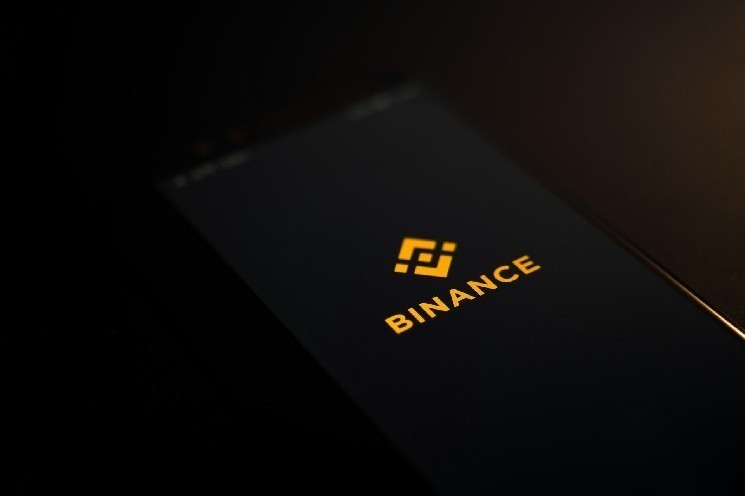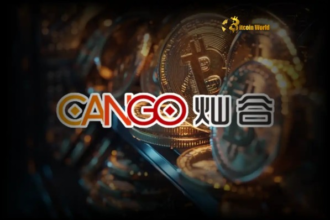Late Friday, Binance voluntarily announced compensation to users who suffered losses due to platform disruptions that caused a significant price collapse of Wrapped Beacon Ether (wBETH), Binance Staked SOL (BNSOL), and Ethereum’s synthetic dollar USDe.
Binance co-founder and chief customer officer Yi He said on X: “Due to the significant market fluctuations and large influx of users over the past 16 hours, some users have encountered issues with trading. We deeply apologize for this matter. If you have experienced any losses caused by Binance, please contact our customer service to register a case.”
He added that the exchange reviews account activity on a case-by-case basis to determine compensation, and emphasized that losses or unrealized gains due to market fluctuations are not covered.
Binance’s Wrap Beacon Ether (wBETH) price plummeted to $430 around 21:40 UTC on Friday, representing a staggering 88% discount compared to the Ether Tether (ETH/USDT) spot price, which was trading at over $3,800 during the same period.
Binance Staked SOL (BNBSOL) also plummeted to $34.90, trading at a significant discount compared to Solana’s spot price. Meanwhile, Etena’s synthetic dollar USDe, which uses delta neutral cash and carry, plummeted to 65 cents around the same time as wBETH and BNBSOL crashed.
Crash description
Tokens like wBETH and BNBSOL are designed to closely track the spot price of the underlying asset.
As AltLayer founder YQ Jia pointed out on X, Binance valued these wrapped assets based on spot market prices. Under normal circumstances, arbitrageurs help keep these prices close to their fundamental values by simultaneously buying cheaper assets and selling more expensive ones.
However, as Binance’s infrastructure came under stress due to increased market volatility and large-scale liquidations, market makers and arbitrageurs were unable to access key markets to execute trades efficiently, causing a collapse in price correction. This resulted in a wrapped token crash.
“Binance probably accounts for 50% of the world’s spot trading volume. When they (market makers) don’t have access to Binance, when they can’t hedge their positions or even check prices, they’re acting blindly. Would they bid $2,000 for wBETH when they don’t know what’s going on in the biggest market? Of course not,” Jia pointed out.
Jia added that the inability of market makers to participate has created a liquidity vacuum reminiscent of portfolio insurance in 1987. “Mechanisms designed for normal markets become procyclical accelerators during crashes.”
Corrective action
Within 24 hours of the crash, Binance announced that it would be transitioning to using conversion rate pricing for wrapped assets.
Rather than valuing wBETH based on volatile and distressed market transactions, the exchange sets the price of wBETH based on an underlying staking ratio that represents the actual amount of ETH each wrapped token represents.
This change means that wrapped token prices are decoupled from short-term spot market fluctuations, resulting in more stable and accurate valuations during times of market stress.






